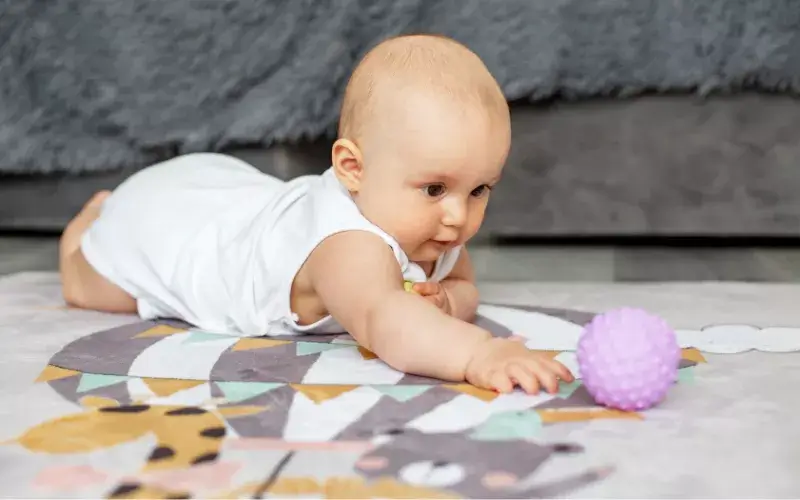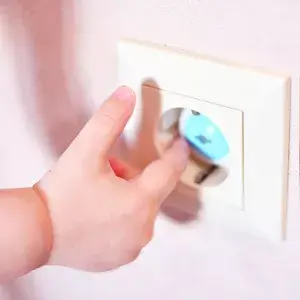
At what age baby turns?
All you need to know about this essential step! On the psychomotor level, baby will learn a multitude of essential gestures in a few months.

Before sitting down or crawling, baby learns to roll over from tummy to back and vice versa. This important step of the turnaround is often a matter of concern and eagerness for parents. But then when will baby roll over? How does he turn around? Focus on this essential stage in the life of a baby.
My baby still isn’t turning, is it?

Rest assured: each baby goes at their own pace. While some babies roll over only 3 months after birth, others will roll over at the age of 6 months.
On average, it is estimated that a baby rolls over around the age of 4 months. It is advisable to encourage baby to roll over, but be careful not to rush him. Do not force baby to do something, it may be counterproductive and create fear in the child. To avoid creating a lack of self-confidence in your baby, let him take his time. It is important that baby feels your presence so that he gains self-confidence: he will be all the more independent. In addition, by your presence, you ensure his safety.
How does baby turn around?
Naturally, as baby grows, she will roll over. The first failover is often a fluke.
Attracted by everything around him, baby will start to move and try to grab objects. It is by trying to grab or approach objects that baby will “accidentally” roll over on his stomach. In the days following his first rollover, baby becomes stronger, builds muscles and acquires new techniques. For example, he will use his arms to support himself to turn around more easily.

How to stimulate baby?
this does not mean that it must always be in this position.
Around the age of 3 months, to help your baby turn around, place him regularly on his stomach, while watching him. On the belly, baby is encouraged to push on his arms and sit up. Thus, he builds muscle in his entire upper body, and works on his motor skills.
Lying on his stomach, baby will also stimulate his touch. He will feel more the softness of a blanket or the smooth surface of the floor.
Tip: when baby starts to be mobile, avoid the bouncer as much as possible. Lying down and strapped to the deckchair, baby is frozen. However, to stimulate his motor skills, nothing is more beneficial than a tummy time.
To arouse baby's curiosity, place toys around him. Baby will then be attracted by the different shapes, colors and sounds he will perceive. Over time, take him further and further away from the toys to work on his motor skills.
A safe and secure environment

Once baby learns to roll over, he'll go on an adventure all over your home. It is therefore important to monitor it well and provide it with a secure environment. To protect your explorer, pay attention to electrical outlets.
If he is very curious, opt for outlet covers for outlets near the ground. Also be careful of the various objects on the ground that baby may swallow. Your little explorer is not yet aware of the danger!
Free motor skills
We have been talking about free motor skills since the 1960s. Theorized by pediatrician Emmi Pikler, free motor skills is based on the idea that babies have everything to gain from experiencing life for themselves. Thus, free motor skills consist in letting baby experience everything his body allows him to do.
It is important to prepare the baby's room so that he can evolve in a safe environment by himself in complete safety. This method of free motor skills is also used in crèches. Many nursery nurses dedicate spaces to allow babies to move freely.



